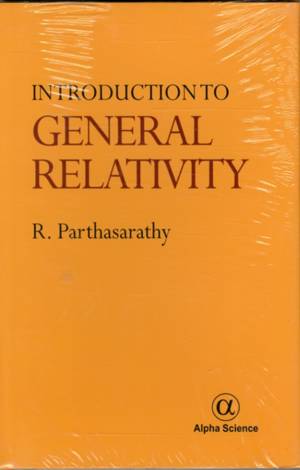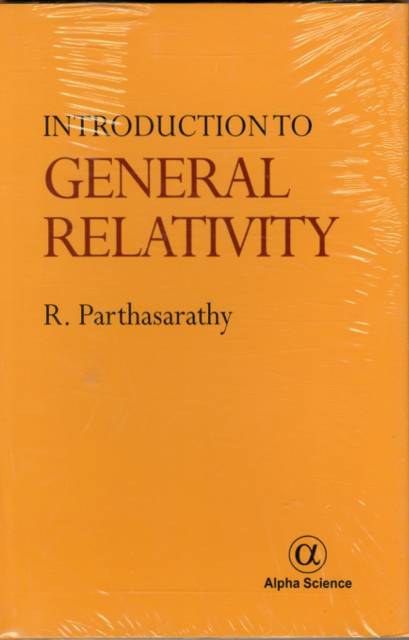
- Afhalen na 1 uur in een winkel met voorraad
- Gratis thuislevering in België vanaf € 30
- Ruim aanbod met 7 miljoen producten
- Afhalen na 1 uur in een winkel met voorraad
- Gratis thuislevering in België vanaf € 30
- Ruim aanbod met 7 miljoen producten
Zoeken
Omschrijving
Introduction to General Relativity begins with a description of the geometry of curved space, explaining geodesics, parallel transport, covariant differentiation, geodesic deviation and spacetime symmetry by Killing vectors. It then introduces Einstein's theory of gravitation followed by Schwarzschild solution with its relevance to Positive Mass theorem. The three tests for Einstein's gravity are explained. Other exact solutions such as Vaidya, Kerr and Reissner-Nordstrom metric are included. In the chapter on cosmological solutions, a detailed description of Godel metric is provided. It then introduces five dimensional spacetime of Kaluza showing the unification of gravity with electromagnetism. This is extended to include non-Abelian gauge theory by invoking compact extra dimensions. Explicit expressions in this case for Christoffel connections and Ricci tensor are derived and the higher dimensional gravity action is shown to contain the actions for 4-dimensional gravity and Yang-Mills theory. Examples of spontaneous compactification are given. Gravitational Higgs mechanism is discussed in the last Chapter.
Specificaties
Betrokkenen
- Auteur(s):
- Uitgeverij:
Inhoud
- Aantal bladzijden:
- 302
- Taal:
- Engels
Eigenschappen
- Productcode (EAN):
- 9781842659496
- Verschijningsdatum:
- 30/01/2016
- Uitvoering:
- Hardcover
- Formaat:
- Genaaid
- Afmetingen:
- 160 mm x 240 mm
- Gewicht:
- 580 g

Alleen bij Standaard Boekhandel
+ 103 punten op je klantenkaart van Standaard Boekhandel
Beoordelingen
We publiceren alleen reviews die voldoen aan de voorwaarden voor reviews. Bekijk onze voorwaarden voor reviews.











